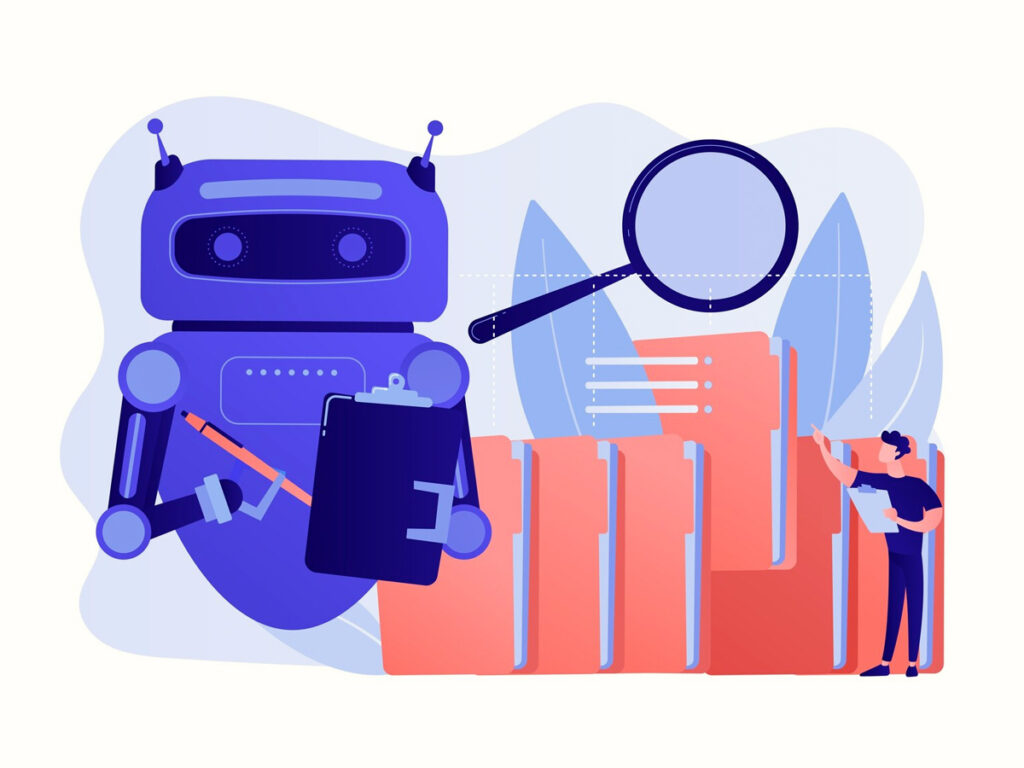Workflow automation has become a core element for small to medium-sized businesses (SMBs) looking to optimize productivity and increase efficiency. The integration of artificial intelligence (AI) and machine learning (ML) into these automation processes has opened avenues for businesses to streamline workflows. However, the rapid advancement of these technologies has also highlighted issues related to bias, potential inequities, and the critical need for a transparent evaluation of the tools available in this space. This analysis aims to examine key platforms in the workflow automation sector, specifically focusing on tools like Make and Zapier, as well as AI providers such as OpenAI and Anthropic.
When comparing automation platforms like Make and Zapier, one must consider several fundamental aspects: ease of use, integration capabilities, scalability, and cost. Zapier is often lauded for its user-friendly interface, making it accessible to those with limited technical expertise. It offers a broad array of integration options with thousands of apps and services, allowing organizations to create complex workflows with relatively little setup time. However, the platform has a higher cost structure for businesses needing extensive automation capabilities, particularly at the higher tiers of service.
On the other hand, Make presents an alternative that offers greater flexibility and functionality in terms of workflow complexity. It enables users to build scenarios that can execute multi-step tasks, allowing for more intricate automations than those typically supported by Zapier. While Make has a steeper learning curve, the value proposition is significant, especially for businesses that require customized solutions for their unique operational workflows. Ultimately, businesses must evaluate their specific needs against the learning curve and cost involved in both platforms, as well as potential ROI from improved efficiency and productivity.
Cost considerations are pivotal when choosing an automation platform. Zapier’s tiered pricing model can become expensive quite quickly as businesses scale their automation needs. In contrast, Make’s pricing tends to be more straightforward, often accommodating varied levels of usage without hefty incremental increases. By closely analyzing the anticipated usage and workflow complexity, managers can derive a clearer understanding of potential long-term investments in these platforms.
In the context of AI-driven automation tools, the comparison between OpenAI and Anthropic presents its own set of challenges and advantages. OpenAI’s GPT-3, known for its versatility, can be deployed across numerous applications, from generating content to understanding customer inquiries. However, its strength lies in its training data, which sometimes leads to issues such as perpetuating bias or generating misleading content due to the sources it was trained on. This highlights the necessity for rigorous oversight and continuous monitoring to identify potential risks associated with using this technology in business environments.
Conversely, Anthropic’s suite of AI models aims to mitigate some known issues related to AI biases. Their approach places a strong emphasis on alignment—ensuring that the AI’s outputs closely align with human intentions. While this philosophy may come at a higher development cost and require more sophisticated implementation strategies, the potential to manage risk and ensure ethical AI usage can ultimately enhance long-term brand reputation and consumer trust.
One key factor in evaluating the scalability of AI and automation platforms involves assessing their capacity to integrate and expand across various business functions. Companies often find themselves overwhelmed by technology in the early stages of adoption. Hence, building a foundation that allows for future growth and integration with other systems is crucial. Both Make and Zapier offer integration capabilities that can be tailored to the specific requirements of different business models, albeit with varying degrees of complexity.
The decision-making process should also factor in the ROI associated with the time and resources required to adopt and implement these platforms. Research indicates that companies leveraging automation report up to a 45% increase in productivity—an undeniable upside that underscores the importance of these technologies. However, integrating AI into workflows can entail significant upfront costs, necessitating a projection of potential savings over time to validate investment decisions. Engaging in a pilot project could provide invaluable insight and serve as a proving ground for how well a chosen platform meets organizational needs.
In summary, businesses interested in automation tools must prioritize a careful evaluation process that considers both immediate requirements and long-term scaling objectives. Make offers superior customization and flexibility at a potentially lower long-term cost, while Zapier excels in intuitive ease of use, albeit at a premium price. When investigating AI options, OpenAI may shine in versatility but is tempered by its risk profile, while Anthropic’s focus on responsible AI development aligns well with organizations prioritizing ethical considerations.
FlowMind AI Insight: As SMB leaders navigate the evolving landscape of workflow automation, it is essential to adopt a holistic view that incorporates not only functional requirements but also the ethical implications of AI technologies. Fostering an environment of constant learning and adaptability can empower teams to harness the full potential of automation while mitigating inherent risks.
Original article: Read here
2025-01-17 08:00:00

